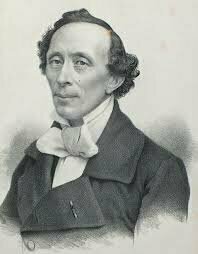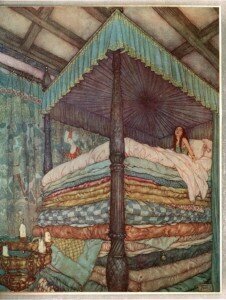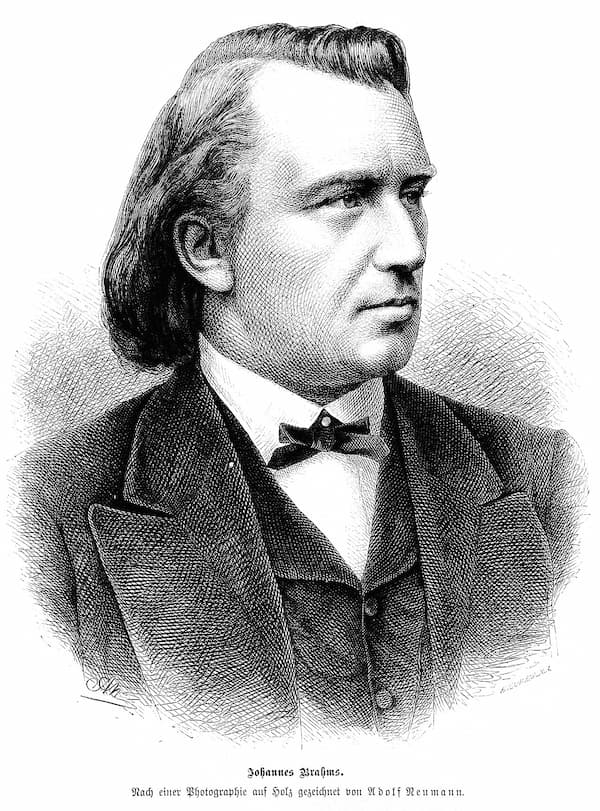
Hans Christian Andersen
The story concerns a travelling princess who seeks shelter in a castle. To test her royalty, she is given a bed of 20 mattresses and 20 featherbeds, placed upon a single pea. She cannot sleep all night because her extreme sensitivity as a royal means that she can feel the pea through all the mattresses. As a true princess, she is suitable to marry the lonely prince.
In 1927, German composer Ernst Toch took up the story in his opera Die Prinzessin auf der Erbse (The Princess and the Pea), Op. 43. This chamber opera makes the whole story personal: the King, the Chancellor, and the Secretary of State all bemoan the unmarried state of the Prince.

Ernst Toch
The Queen, however, is concerned that the Prince marry royalty and is very worried that someone of a lower class might try to pass herself off as someone she was not. She’s concerned about a pure blood line while the King is more concerned that he marries.
The Princess appears, disheveled and tired, having been thrown out of her father’s castle by her stepmother. She is on her way to her uncle’s castle. She’s questioned by the Queen and insulted by the fact that she’s not recognized as royalty.

Edmund Dulac: The Princess and the Pea (1911)
A long discussion follows about what kind of pea: not too fat, not too hard, not too soft, not too flat, and not too rough. The chosen pea is placed in the middle of the bed, under all the mattresses.
The Princess finds the room lovely, but cannot get rest in the bed – something is always pressing on her back. This bed, she thinks, is only for servants, not for me, and summons the palace in the middle of the night to fix this problem NOW.

Olivia Cranwell as the Princess in Victorian Opera’s production of The Princess and the Pea
Her shouts bring the palace to her; she cannot remain in the palace a moment longer – her ‘noble blood is too pure to put up with this’. The Prince is humiliated by the trial; his mother, on the other hand rejoices in the Princess’ demonstrated sensitivity to the pea problem. She begs the Princess’ forgiveness and the court rejoices in finding a wife for the Prince. The Princess asks rhetorically, ‘Is anyone going to ask me?’ but then says its all irrelevant and she’s happy with the situation.
Toch: The Princess and the Pea, Op. 4: Scene 11: Was ist passiert? (Gotthold Schwarz, The King; Celina Lindlsey, The Queen; Daniel Kirch, tenor; Michael Kraus, tenor; Michelle Breedt, The Nurse; RIAS Chamber Chorus; Deutsches Symphonie-Orchester Berlin; Marek Janowski, cond.)
By linking the Princess’ royalty with her pure blood, Toch and his librettist Benno Elkan place Andersen’s early 19th century story solidly in the 20th century, where concerns with heritage and inheritance through blood lines affected not only the royalty of a country but also a country’s citizens and their degrees of national loyalty. The test of the Princess is, in the end, not as innocent as it appears.


